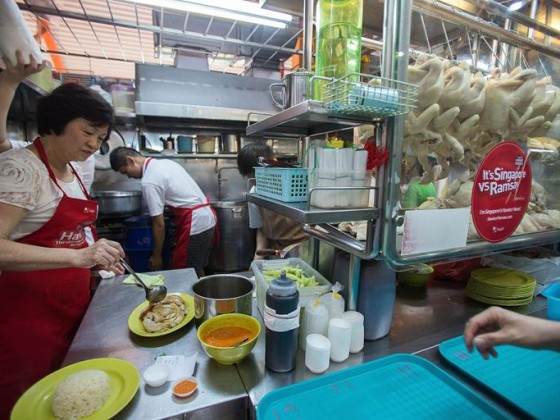When the former British colony of Singapore became a country nearly 50 years ago, its people were sustained by a multiethnic street food culture that would make the island-nation a global food mecca.
This was long before the arrival of celebrity chefs, Michelin-starred restaurants, eye-popping restaurant tabs, and the rise of Singapore as one of most expensive places in the world to live.

